Announcer:
The following program is a PBS Wisconsin original production.
Frederica Freyberg:
Certainly our investigation is — is gone very much into what happened after the shooting, what Crimo’s plan was. Investigators did develop some information that it appears when he drove to Madison, he was driving around. However, he did see a celebration that was occurring in Madison. And he seriously contemplated using the firearm he had in his vehicle to commit another shooting in Madison.
Police Officer:
Another mass shooting devastates an Illinois community. And hits close to home in Wisconsin. I’m Frederica Freyberg. Tonight on “Here & Now,” an emergency room physician on the damage an AR-15 style rifle can do to the human body. A defense attorney on why these firearms are still legal. And a national police training consultant speaks to the law enforcement emergency response. It’s “Here & Now” for July 8.
Announcer:
Funding for “Here & Now” is provided by the Focus Funds for Journalism and Friends of PBS Wisconsin.
Satya Rhodes Conway:
This time the shooter wreaked havoc in Highland Park and drove to Madison. Next time, it could be anywhere. On his way here, he drove past hundreds of communities, celebrating the Fourth of July. All of us are at risk when weapons of war are on our streets.
Frederica Freyberg:
Madison Mayor Satya Rhodes Conway. More on that later but first, its described as the weapon of choice for mass shooters, as in Highland Park, the AR-15 style rifle. Our next guest has a lot of thoughts on mass shootings as a Milwaukee emergency room physician, who’s treated hundreds of gunshot patients. In addition to being an ER physician, Dr. Stephen Hargarten is founding director of the Comprehensive Injury Center at Medical College of Wisconsin. He has thoughts and research about the maiming and killing potential of assault rifles. He joins us now.
Stephen Hargarten:
Thank you very much.
Frederica Freyberg:
First, when you saw the Highland Park shooting, what was your immediate reaction?
Stephen Hargarten:
Well, what I saw was really through the media that was reporting on it. And I immediately thought there must be an AR-style rifle being used to inflict the deaths and injuries that were done in such a short period of time, and that’s very characteristic of the shootings that have taken place in other settings.
Frederica Freyberg:
You describe the velocity of the bullet used in these assault-style rifles as having “devastating wounding potential.” How so?
Stephen Hargarten:
Well, bullets are — they’re released from, in this particular case, from a rifle. They have a velocity that’s over two to 3,000 feet per second. And kinetic energy, which is defined by the mass of the bullet, but the velocity of the bullet squared really quantifies the amount of energy that is displacing tissue both primarily from the bullet but the temporary cavity that’s formed by this kinetic energy release and that tears through organs such as — through organs and results in fractures and devastating injuries that you don’t see with other caliber guns — other caliber bullets from, let’s say a handgun.
Frederica Freyberg:
I wanted to ask you about how your research zeros in on the firepower of these AR-15-style weapons. From your research, do assault rifle bullets compare to other — how do they compare to other ammunition in terms of this fire power?
Stephen Hargarten:
In terms of let’s say a 9-millimeter 40 caliber bullet from a handgun, this rifle bullet is almost 9 times greater in terms of its kinetic energy release and its temporary cavity formations about three to four times higher. So there’s a big variation from caliber bullets from handguns and so we see the predictable outcomes of having devastating injuries because these bullets are traveling so fast.
Frederica Freyberg:
Devastating injuries and almost certain death, correct?
Stephen Hargarten:
Well, in the case of let’s say Sandy Hook, all 20 of those children who were struck by these bullets died. This were no survivors in that age group. And it’s the same I believe in this Uvalde tragedy in Texas. These bullets result in devastating, predictable injuries. And I think they’re more severe. We don’t have that data. It’s hard to do. But it’s certainly more severe in the younger age groups. They have less reserve to at least immediately survive these injuries and get to hospitals and our emergency departments and trauma centers.
Frederica Freyberg:
You’ve written about how the Second Amendment passed 230 years ago could not have anticipated the rifle and bullet technology of today. What’s your example of that?
Stephen Hargarten:
Well, when we did the calculations of the energy release and how many bullets can be released in such a short period of time, the Sandy Hook shooter who released 154 bullets in less than four minutes. You calculate a militia person, in the 1780s when the Second Amendment was framed, that individual released so many more bullets over one minute than a militia person could do. And the energy release of the bullets from the AR-style 15 rifle compared to the energy release of a musket ball that resulted in a calculation we estimated this individual represented about 170 militia attacking Sandy Hook school.
Frederica Freyberg:
There is precedent for regulating the style and mechanics of firearms as in the 1934 restrictions on machine guns. Why not impose similar regulations on AR-15 style rifles and their ammunition?
Stephen Hargarten:
Sure. I think it’s a good example about how the federal level discussions changed in the late ’20s and early ’30s from a series of gangland-style mass shootings that occurred, most notably the St. Valentines Day massacre. There was also a assassination attempt on then-President Roosevelt, resulted in 1934 regulation of, in this case a Thompson machine gun which fires a 45-caliber bullet. And that has resulted in people being able to own this gun but they have a registration requirement and mild tax, and yet for 80 years, there has never been a mass shooting with a Thompson machine gun. And we feel that perhaps this is an approach for assault-style rifles to consider this approach for controlling this firearms availability in the community by, if you want to have this firearm, then you register it and there’s a tax similar to what they’re doing with Thompson machine guns.
Frederica Freyberg:
What might be contemplated as public health measures to prevent devasting injury and death does not contemplate banning or seizing weapons, the possession of which is of course enshrined in the Second Amendment?
Stephen Hargarten:
Im not here to discuss — I’m not a constitutional expert on the continuing interpretation of this. But I find it to be notable that the technology has emerged as it has in this case this product, that’s equivalent to other firearms that are regulated like the Thompson machine gun and it’s so different than what the technologies were back when the framers of the Constitution thought about having a well-regulated militia. So I think it’s important to, one, we have these discussions to base it on a science-oriented, science-informed platform that has people coming together to discuss what is appropriate for possession, for hunting, for self-protection, for sporting, and what perhaps is something else that could be or should be regulated in a different fashion.
Frederica Freyberg:
We leave it there. Dr. Stephen Hargarten, thanks very much.
Stephen Hargarten:
Thank you.
Frederica Freyberg:
Despite the damage they can do, the purchase and use of these weapons is still fully legal and adamantly supported by many Second Amendment defenders. We go now to one such defender. Tom Grieve is a Waukesha-based criminal defense attorney. He joins us now. Thanks for being here.
Tom Grieve:
Thanks for having me on.
Frederica Freyberg:
What was your reaction to the carnage of the Highland Park Fourth of July parade and news that the shooter came to Madison and contemplated a similar act in this state?
Tom Grieve:
Awful people and sick people do awful and sick things. My heart goes out as always to those who were affected. Evil people doing evil things.
Frederica Freyberg:
Every time there is a mass shooting with an AR-15 style rifle, there are calls to ban them. In your mind, why shouldn’t they be banned?
Tom Grieve:
Well, AR-15s and handguns both represent the pinnacle of self-defense protection. They represent in essence, pinnacle of the Second Amendment, which is more than simply self-protection, though that’s certainly at its core. The Supreme Court has codified over the last 15 years and really all the way going back to 1939 the fact that ordinary military weapons and ordinary weapons in general are guaranteed constitutional protections. When we look at not only that body of jurisprudence, which gives these protections, then simultaneously, we look at the empirical data and evidence as far as how many hundreds of thousands of uses of firearms in self-defense, regardless of which study one wants to look at in any given year or whether or not we look at what is statistically a very small subset of individuals who are impacted by AR-15 and AR-15-style weapons. It’s — it’s — it’s going to be extraordinarily difficult and when we look at how good they are as far as protecting our rights, I think that’s a very difficult case to make.
Frederica Freyberg:
A statistically small number of people who are impacted by these weapons, but when those mass shootings happen, as you expressed, it is really tragic. But what are semi-automatic assault rifles like an AR-15 used for by ordinary civilians when they were designed for military use?
Tom Grieve:
Well, they’re used just like any other weapon. They’re used for fun. They’re used for personal defense. They can be used for hunting. The AR-15 is an extra modular platform, which is the reason why there’s approximately 20 million of them today in circulation around the United States and it’s been dubbed Americas favorite rifle.
Frederica Freyberg:
And indeed. So you describe yourself as a zealous Second Amendment advocate. When we spoke to the ER physician, he said these rifles are exponentially more than dangerous than muskets that were used during the time the Second Amendment was written. So why should these be treated the same as a hunting rifle?
Tom Grieve:
The same way that broadcast television such as PBS or a private-based organization is treated the same as though you know, the rights that were guaranteed back at the time of the founding fathers. The technologies have scaled but the problems and the virtues that they address and the values that underpin them remain the same.
Frederica Freyberg:
Problems like for self-defense, you mean.
Tom Grieve:
For self-defense, yes, absolutely.
Frederica Freyberg:
Would regulating assault rifles and their high velocity ammunition like they regulate machine guns now be tantamount in your mind to kind of seizing people’s weapons or violating the Second Amendment?
Tom Grieve:
Well, we did something effectively amounting to that during the assault weapons ban, which was a 10-year span from 1994 to 2004. At the sunset of that ban, there was a study that was commissioned to figure out basically how effective was this. And the National Institute of Justice released in its study that there’s been no discernible reduction in lethality and injuriousness of gun violence as a result of the assault weapons ban and they went on to talk about the fact that it’s premature to make definitive assessments on the ban’s impact but even if it were renewed, any such moving of the needle would be so small, if it exists at all, that it’s basically — it’s too small to be measured by any reliable instrument, according to statistical studies. In other words, bottom line, they said it doesn’t change anything.
Frederica Freyberg:
What’s your position on universal background checks as have been called for?
Tom Grieve:
I don’t see them solving anything. As I would note in a 2016 survey of prison inmates, 90% of them said they didn’t purchase their firearms from any kind of retail store or background. As somebody who’s both a former state prosecutor as well as the leader here of the largest criminal defense firm in the state of Wisconsin, Ive had an opportunity to have any number of conversations with folks with some checkered histories, let’s say. They don’t care about universal background checks.
Frederica Freyberg:
Tom Grieve, thanks very much.
Tom Grieve:
Thank you.
Frederica Freyberg:
National policing expert consultant and former chief of Madison police Noble Wray says the escalation of mass shootings and the use of assault-style rifles is frightening. In an interview with him late this week, we also talked about how the Highland Park shooter threat came very close to home, although so far, police are not saying exactly which Madison-area holiday celebration the suspect had his eyes on.
Chief Wray, thanks very much for joining us. On the Fourth of July when you saw what happened in Highland Park, Illinois, as a former police officer, police chief and citizen, what was your reaction?
Noble Wray:
My reaction was just utter despair for the people that were there. You don’t expect from a law enforcement standpoint and from a citizen standpoint for something like that to happen at a parade. You know, it’s not an urban center, although it’s adjacent to Chicago, you just don’t expect that. And I think parents and people in attendance were just in shock.
Frederica Freyberg:
And so are we all kind of potential targets then at any time for a mass shooter?
Noble Wray:
Yeah, you know. When you start talking about parades, grocery stores, elementary schools, you just never know where this is going to happen. So that is why I know that Congress passed major legislation a few weeks ago on, you know, the whole complex issue of guns and gun safety and mass shootings. But I don’t think we’re finished with this. Not — not by a long shot. There’s tremendous fear and this tremendous fear cuts across all kinds of boundaries, racial boundaries, religious boundaries, age, you know, where — as a parent, as a grandparent, you know — I think every American when they look at that, they think of themselves and what they would do. They can relate to that because it’s happening in common places.
Frederica Freyberg:
So if we’re not finished, what’s to be done?
Noble Wray:
What’s to be done is — I tend to go to gravitate to the people that talk about this as a multi-faceted approach. I think splitting it into a dichotomy saying it’s guns or it’s mental health, does not do the dialogue any good at all, because it’s complex. You take this particular situation. How does a red flag law work? Even when you get down to — and this — this particular situation is still evolving. But we expect a lot from parents and relatives to be the ones that would contact law enforcement and say, hey, look, my child was doing this. This looks out of place. But they also have a loving relationship with that child. And so it’s a very complex. No one wants to see their kids in handcuffs, but the question is no one also does not want to see their kids harm someone or end up in prison for life or even worse.
Frederica Freyberg:
Meanwhile, we learned after the fact that the suspect in this Highland Park mass shooting made his way to Wisconsin and Madison potentially with some idea of doing something similar here. When you heard that, what did you think?
Noble Wray:
Well, again, it gets closer, closer to home. So it becomes personal. And so what I thought was a number of things in my — from a personal standpoint, I started to think about where we were, where my sons were, where my grandkids were that day and what we were doing. Could they come into harm’s place? From a law enforcement standpoint, it was — you know, how are they responding? What are some of the techniques that they’re using to respond? Because it’s not common for a mass shooter to leave the scene. Generally or typically they are arrested or there’s a quote/unquote suicide by cop or they’re arrested pretty close to the scene. So for someone to leave a mass shooting with that much devastation make it not only across state lines to another city. That’s rare. And thank God it’s rare. But it was — it was really a tense moment I think, for a number of people in the area.
Frederica Freyberg:
What do you think about whether or not the populace here should have been warned about that?
Noble Wray:
I think that is something that I believe law enforcement, the law enforcement agencies should get together and discuss that, how does that happen? Who — who notifies the public? What information some come out? Because there is a balance. You know, I think everyone understands what you do when you’re notified of an amber alert, but what information comes out when you have a mass shooting and you’re notifying the public, you don’t want the public to get too upset and where they’re paralyzed and acting. But in this particular case, you want people to take the proper precautions. What were the proper precautions under the scenario?
Frederica Freyberg:
What is your opinion as former law enforcement of these military-style assault rifles in the hands of civilians?
Noble Wray:
They have no place, not in a domestic setting. That is, that is not even an argument or a debate. You — the high capacity, the ability for human destruction on the body, I understand the Second Amendment. I support the Second Amendment. I understand that so many ways. And it is something that people hold near and dear to — it is a constitutional right. But I — I read the Constitution all the time. And Ive yet to see a constitutional right to an AK-47.
Frederica Freyberg:
As a police officer, do they scare you?
Noble Wray:
Yes, especially where the trends are going right now. The last three to four years, more gun purchases, more people wearing — possessing them in public places and public spaces. And here’s the downside of where this is going to go. If you are, based upon some of the recent Supreme Court rulings, you’re more able to carry, open carry or concealed carry, that means the interaction between a police officer and the citizen, that could change the dynamic of what takes place. We have relied on our ability to communicate with citizens. The ability to build a rapport, build trust, and if the first thing you’re thinking about is is this person armed all the time, then what do you do?
Frederica Freyberg:
On another matter, the arrest of the suspect in the Highland Park shooting was described as without incident. People are talking about kind of the stark difference between that arrest of a suspect in a mass murder, essentially, and the arrest of a young Black man in Akron, Ohio, who was gunned down during a traffic stop. What do you think of that?
Noble Wray:
I do think historically, and currently with today’s social context, and what African-Americans in particular believe, there’s a question in terms of you know, how do I respond to police when Im asked to stop at a traffic stop or when Im told to comply. It should be equal justice under the law and everyone should be treated the same. I think that is the issue. But historically, and with today’s social context, I personally and I have relatives, I have friends — there is a bit of confusion, a bit of fear that if I comply, what will happen? If I don’t comply, what will happen? And again, that is a dialogue that needs to take place, seriously needs to take place between the police and many communities that they serve.
Frederica Freyberg:
All right. Thank you very much.
Noble Wray:
Thank you.
Frederica Freyberg:
Turning to election news, absentee ballot drop boxes used across the state during the COVID-19 pandemic are now illegal after a Wisconsin Supreme Court decision that was released today. Senior political reporter Zac Schultz joins us from the Capitol with more. Hey, Zac.
Zac Schultz:
Hello, Fred.
Frederica Freyberg:
So this is a big change for voters since the last big election.
Zac Schultz:
That’s right. These were widely used. Drop boxes weren’t in part of the old state history and they weren’t part of state law, which is what created the legal uncertainty surrounding them during the lead up to the COVID pandemic and all those elections. Clerks around the state said well, they’re not barred so we’re going to use them. And there were no lawsuits at that time but since then there have been lawsuits and the Supreme Court issued their 4-3 disjointed decision. But overall, what they’re saying is just because it’s not mentioned doesn’t make it legal. They ruled that because of some of the language in state statutes dealing with absentee ballots, drop boxes are illegal in Wisconsin.
Frederica Freyberg:
So what do voters do now in the upcoming election?
Zac Schultz:
Well, I have my absentee ballot right here. We’re about a month away from the August primary election. And I could either put this in a mailbox, in my mailbox or one of the official federal mailboxes that looks an awful like a drop box but is not a drop box because it’s a federal mailbox. Big distinction now according to Wisconsin law. Or I can physically bring it to the clerk, my municipal clerk where I would vote and hand it in there, or I can bring to it the poll on voting day. What I can’t do is I can’t give it to someone else to bring it in for me to the clerk. That is now illegal due to this ruling. And I also cannot put it in a drop box. So I have to be — think a little bit more about where I want to put it. The case this may come up in is for voters who wait until much closer to the election, either make their vote or get their ballot and receive it. If they don’t trust the federal mail is going to get it back in, which was a big question in the 2020 and the pandemic with some of those slow mail returns or if they’re physically not able to travel in, then the question is how do they make sure that their vote counts if they’re voting absentee?
Frederica Freyberg:
What was the reasoning on the part of the Supreme Court for banning these or prohibiting these boxes?
Zac Schultz:
There is nothing in state law about absentee voting drop boxes. Absentee voting is not a right, it’s a privilege afforded by the legislature. You have a right to vote but voting absentee is something that can be controlled by state law. What the Supreme Court announced with the conservatives ruling is that because the language said it has to be delivered to the municipal clerk, that they meant personally handed to them. It can’t be put in an unmanned drop box which was what drop boxes would have been.
Frederica Freyberg:
So the dissenting liberal justices had something to say about this.
Zac Schultz:
Yeah. They believed this is just further encumbering voting rights in Wisconsin. They said it was unnecessary, that it actually plays into some fringe conspiracy theories being pushed by conservatives around the country. Remember Donald Trump sued saying it was actually drop boxes in Dane and Milwaukee County that were filled with fraud. There’s absolutely no basis for that whatsoever. So some of the liberals on the court say this doesn’t help with people’s belief in the security of our elections.
Frederica Freyberg:
We leave it there. We know you have some good online reporting on this. Zac Schultz. Thanks very much.
Zac Schultz:
Thank you.
Frederica Freyberg:
For more on this story and other election-related news in Wisconsin, visit our website at PBSwisconsin.org and click on the “news” tab. Next week, look for the first in a series of U.S. Senate candidate interviews online and on this program. Until then, I’m Frederica Freyberg. Have a good weekend.
Announcer:
Funding for “Here & Now” is provided by the Focus Funds for Journalism and Friends of PBS Wisconsin.
Search Episodes
News Stories from PBS Wisconsin

Donate to sign up. Activate and sign in to Passport. It's that easy to help PBS Wisconsin serve your community through media that educates, inspires, and entertains.
Make your membership gift today
Only for new users: Activate Passport using your code or email address
Already a member?
Look up my account
Need some help? Go to FAQ or visit PBS Passport Help
Need help accessing PBS Wisconsin anywhere?

Online Access | Platform & Device Access | Cable or Satellite Access | Over-The-Air Access
Visit Access Guide
Need help accessing PBS Wisconsin anywhere?

Visit Our
Live TV Access Guide
Online AccessPlatform & Device Access
Cable or Satellite Access
Over-The-Air Access
Visit Access Guide
 Passport
Passport


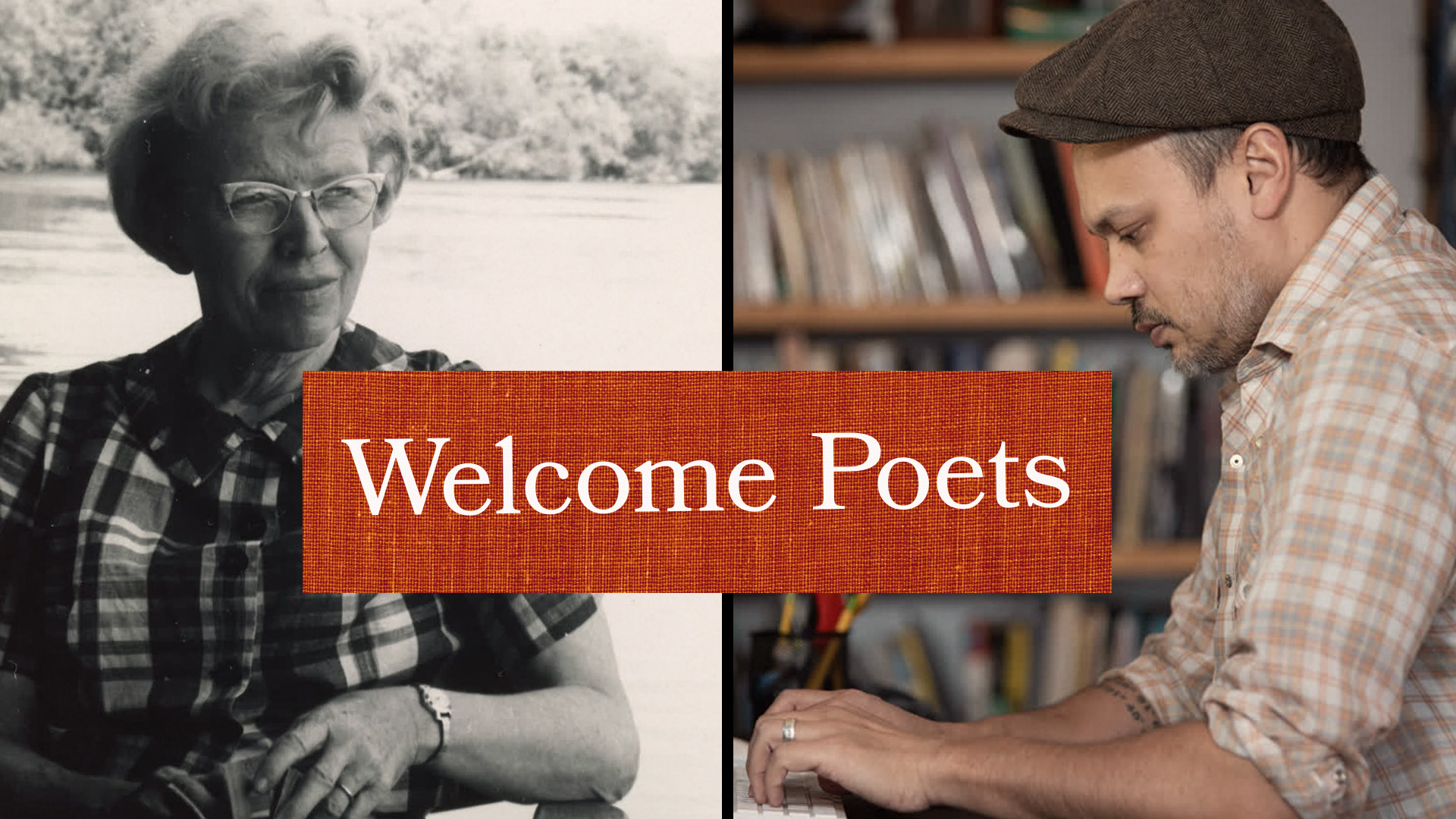
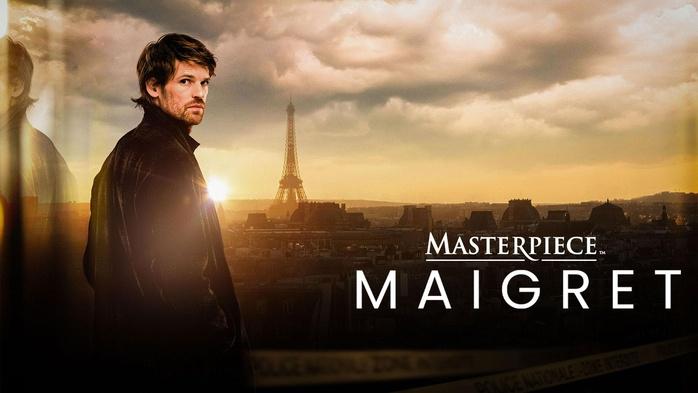

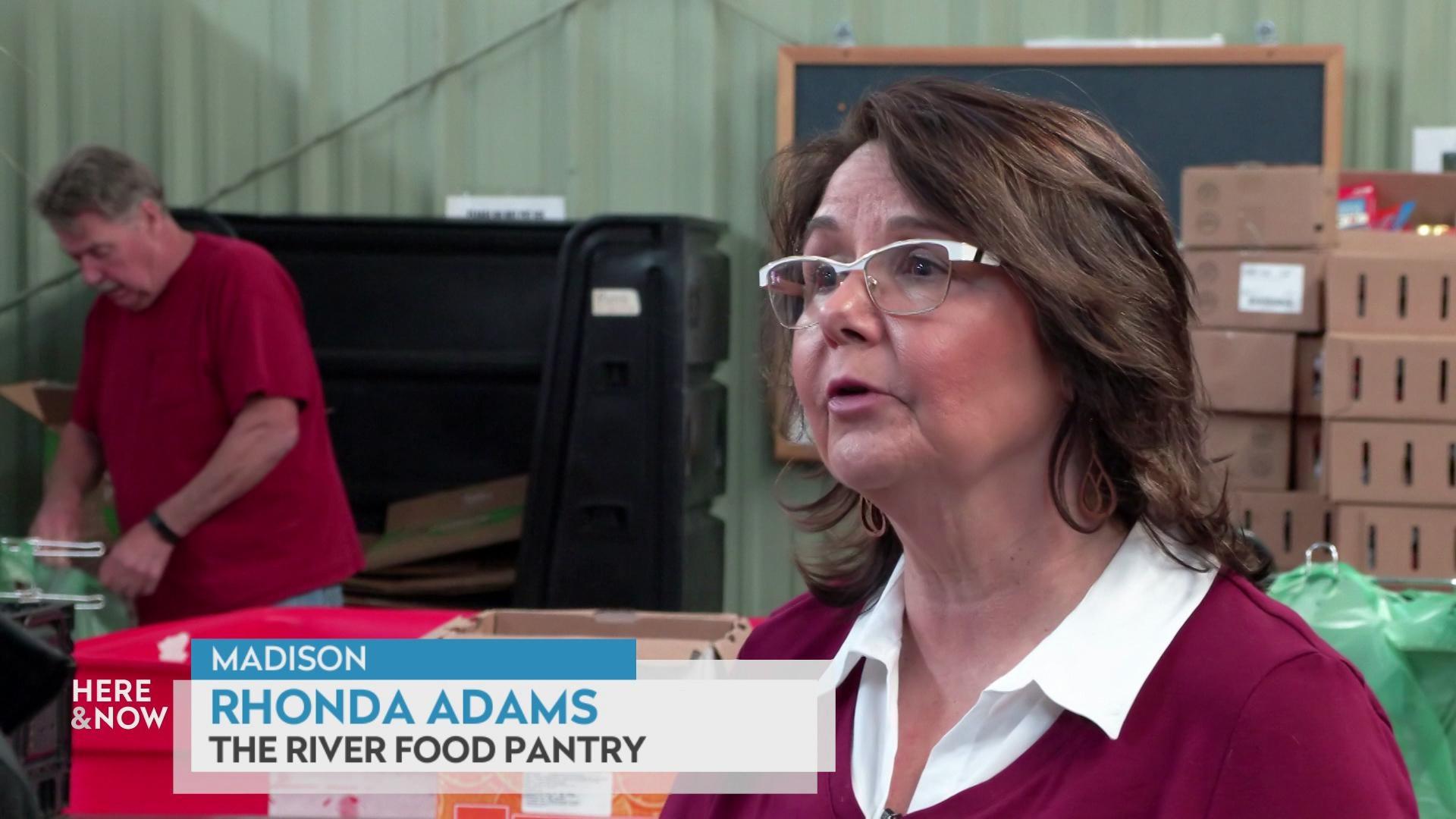

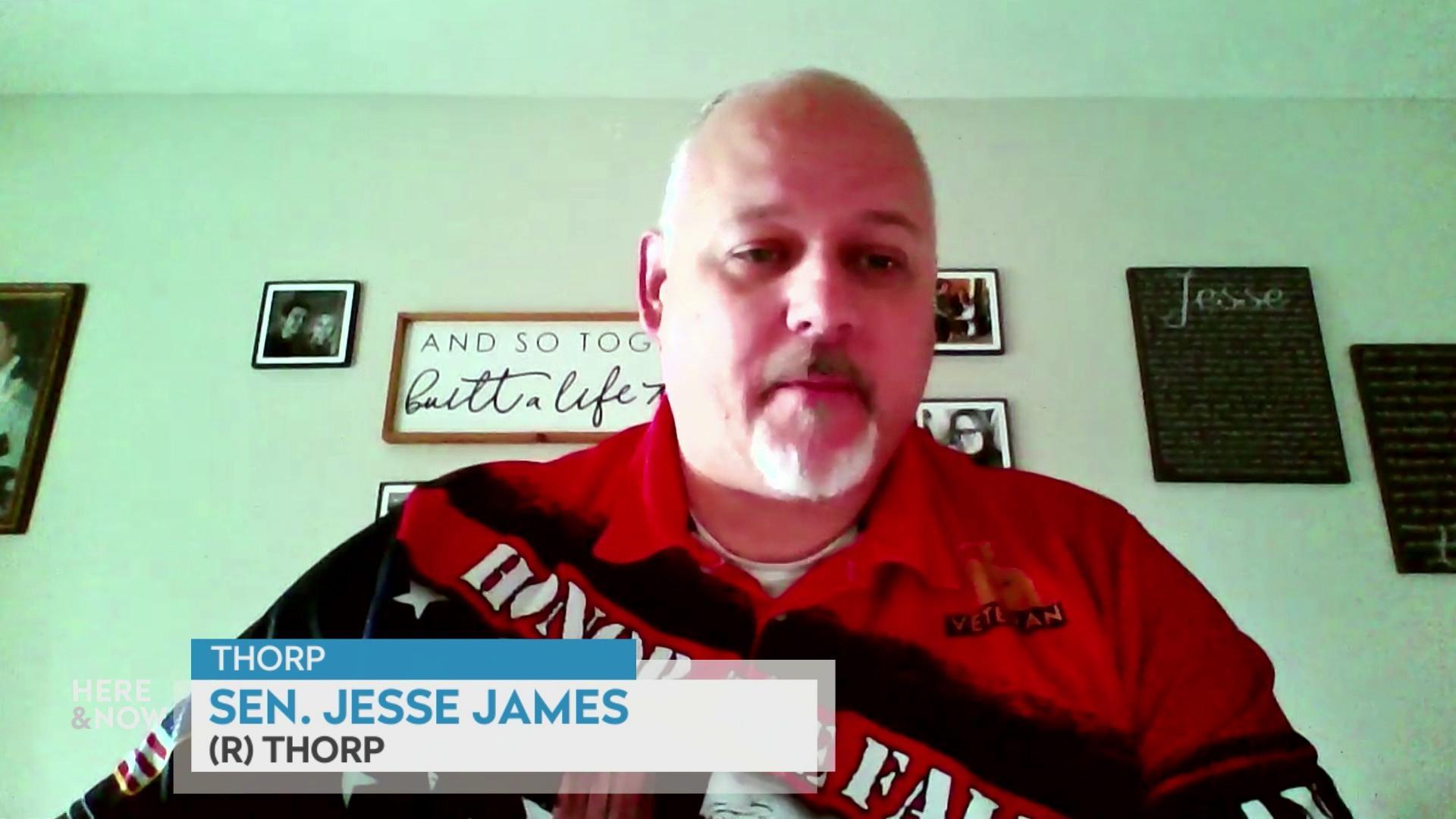
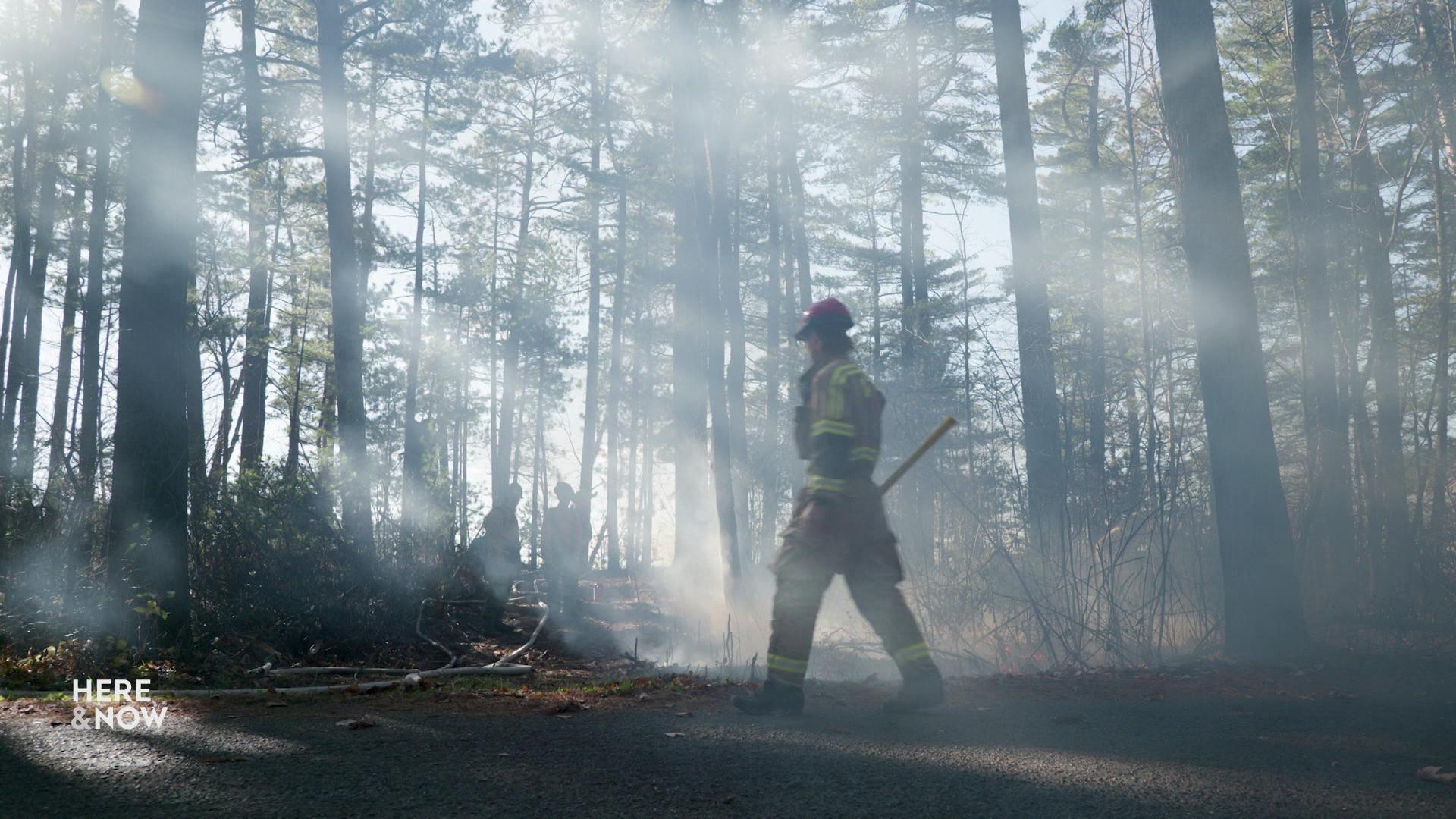


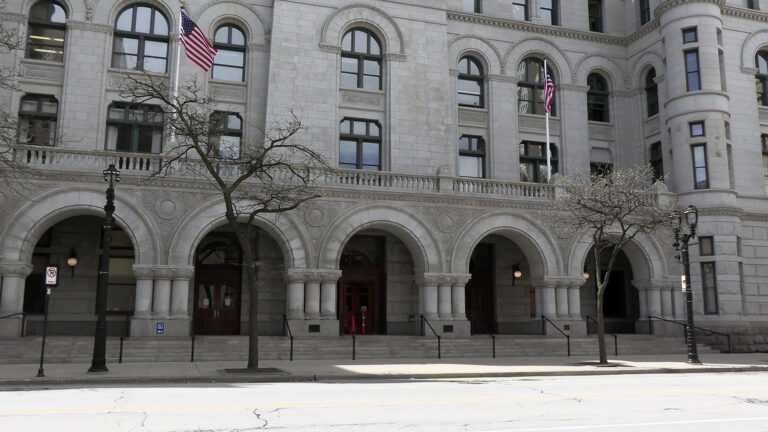
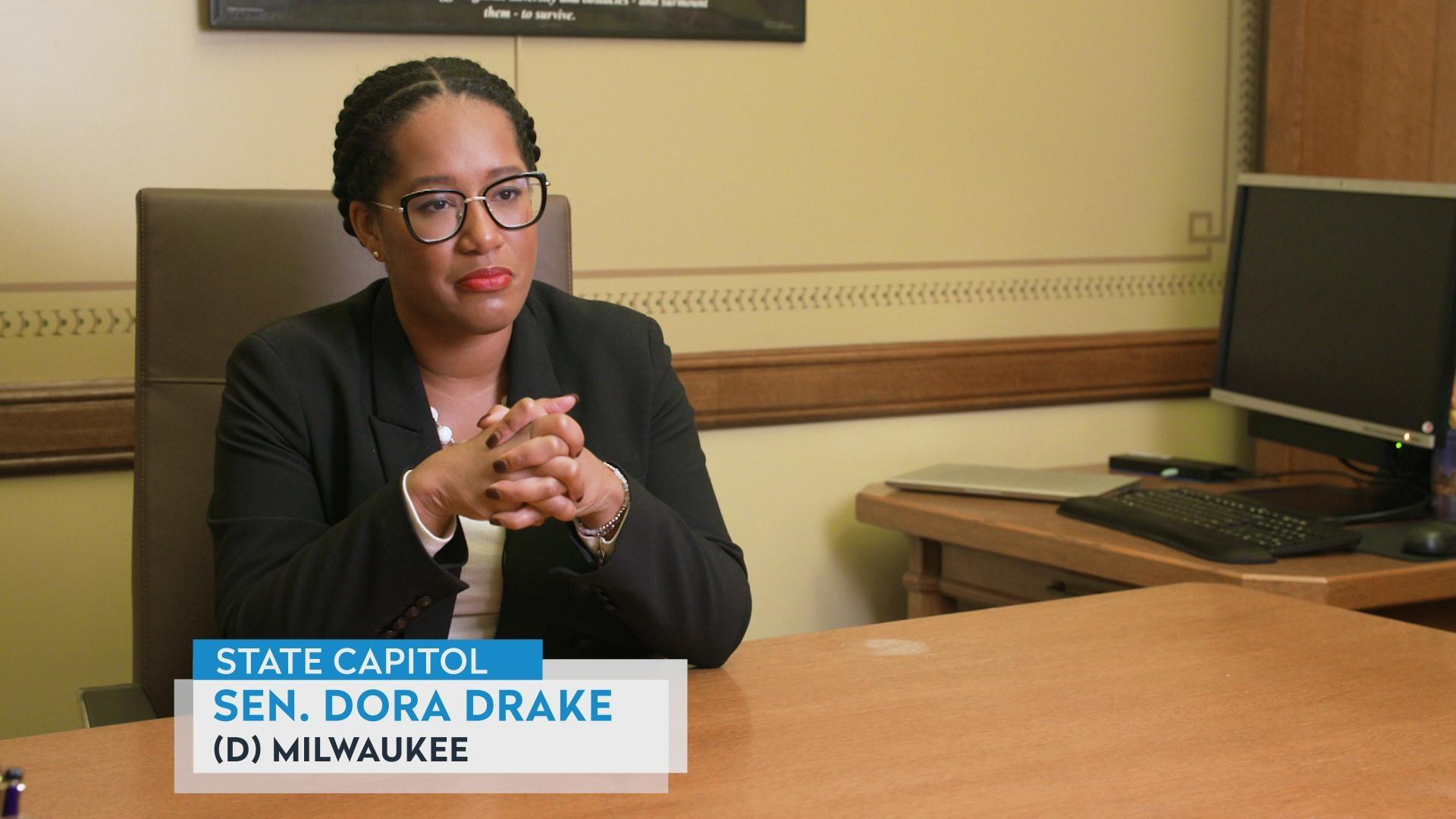
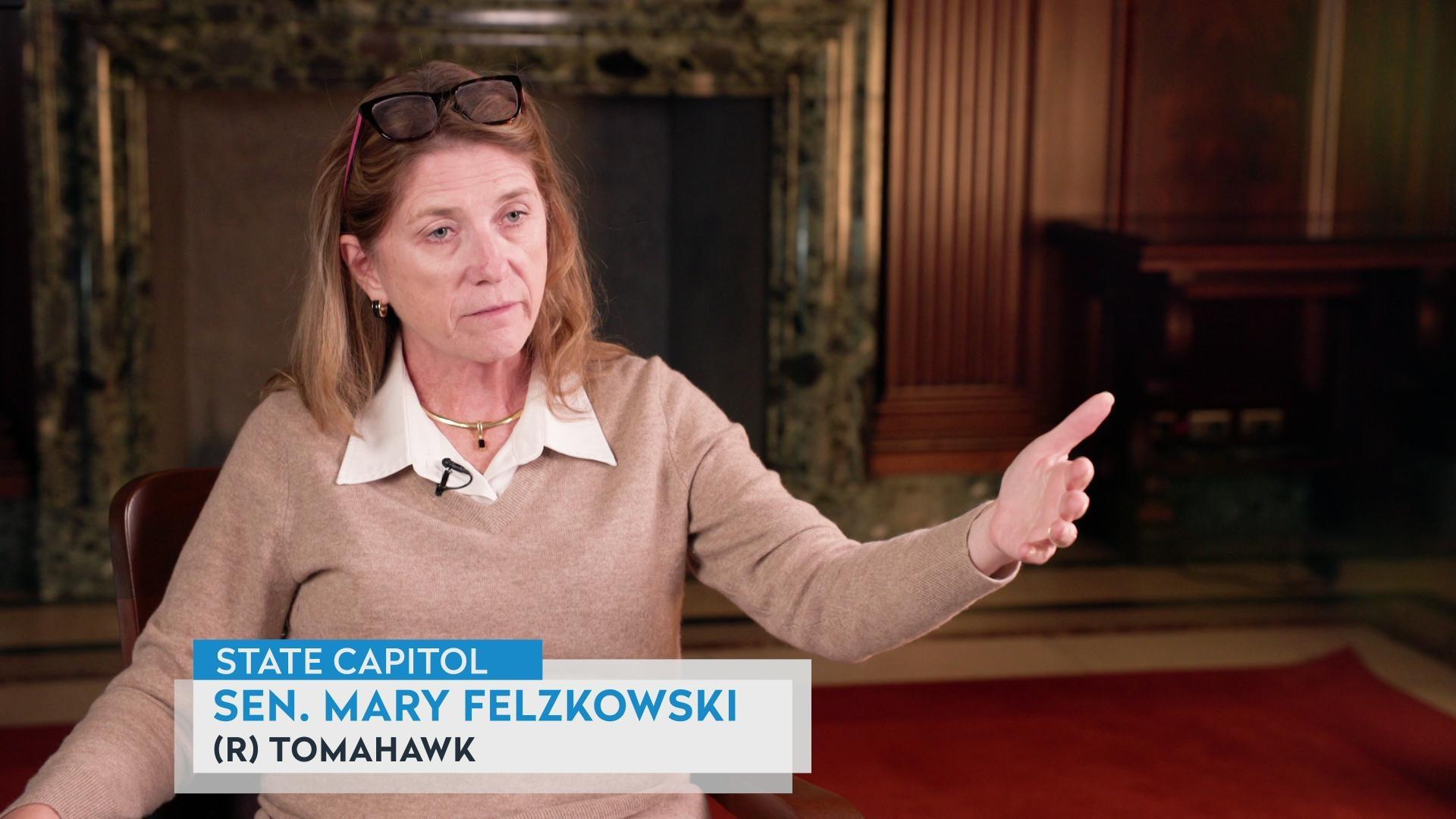
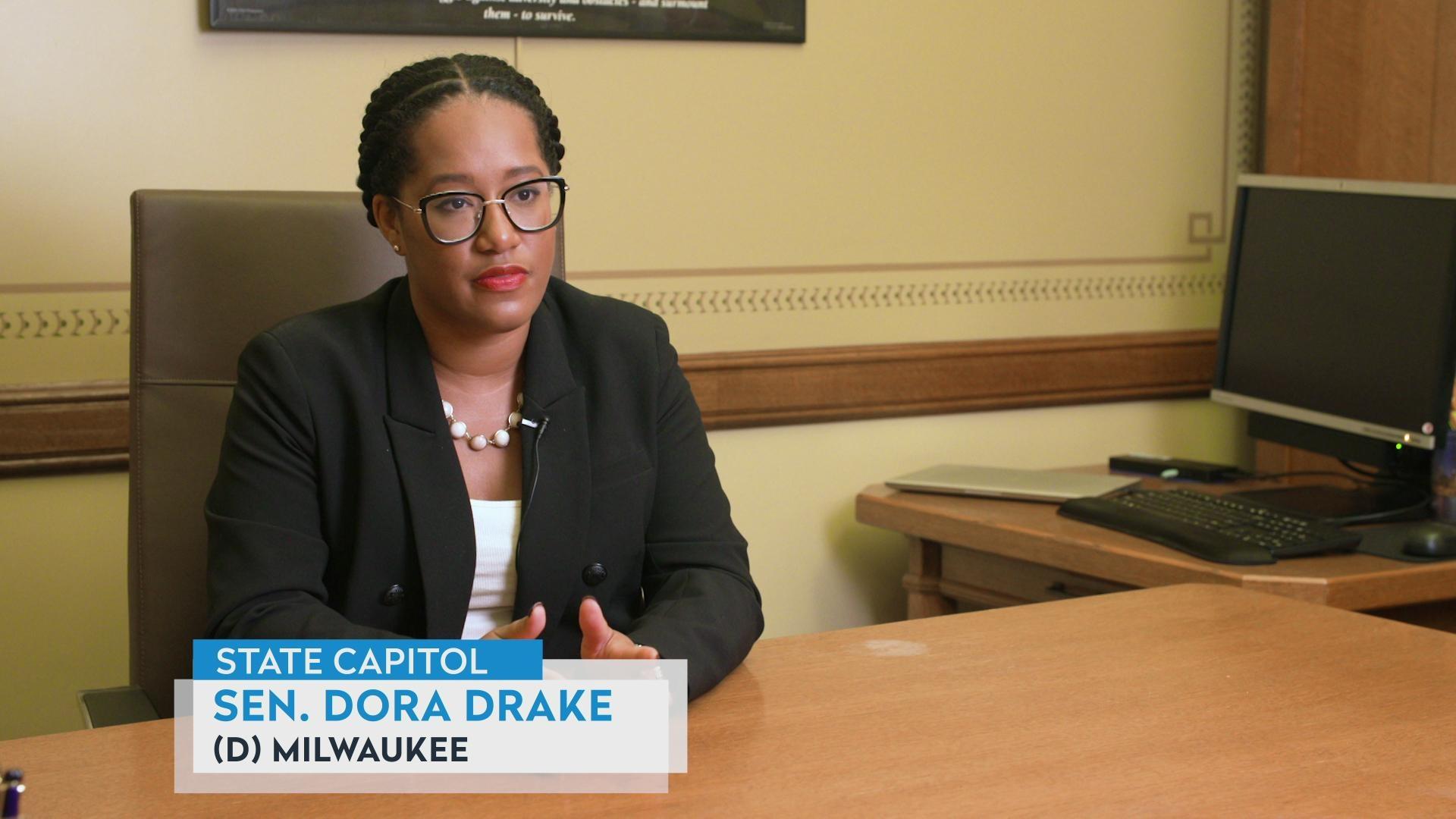
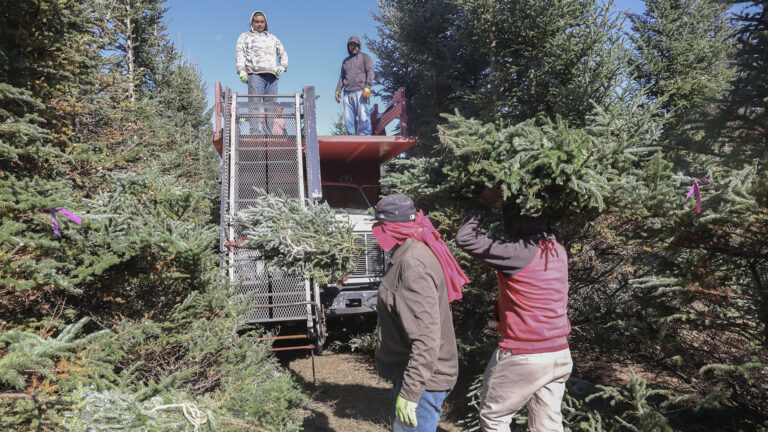
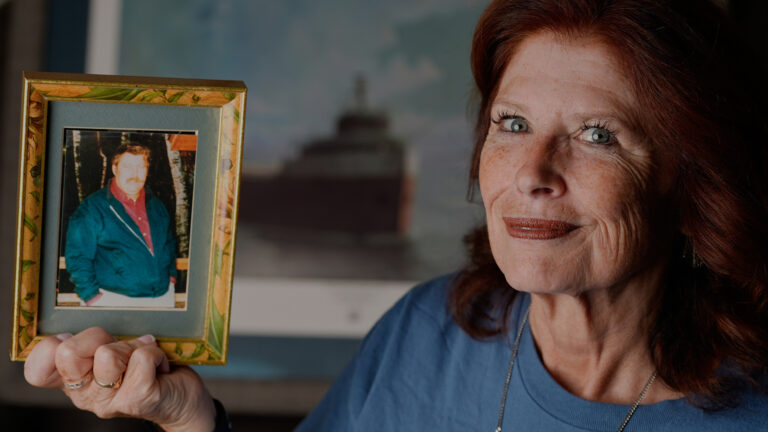

Follow Us